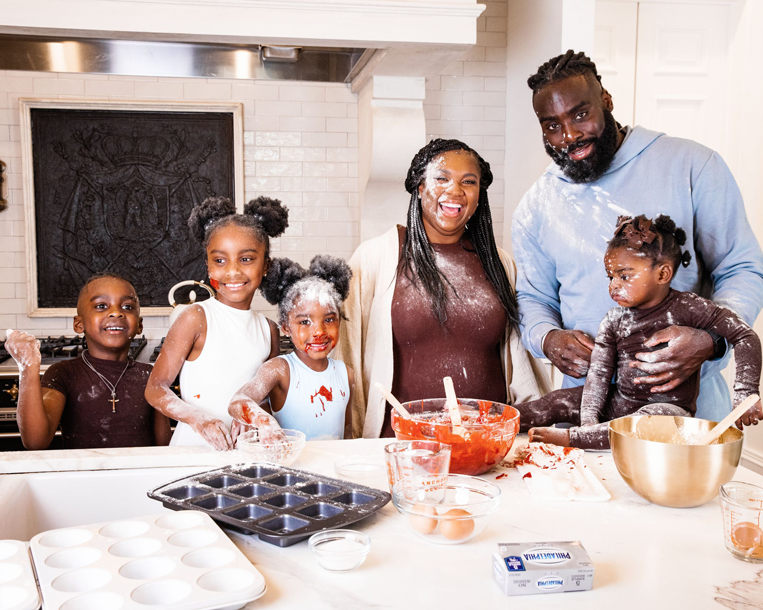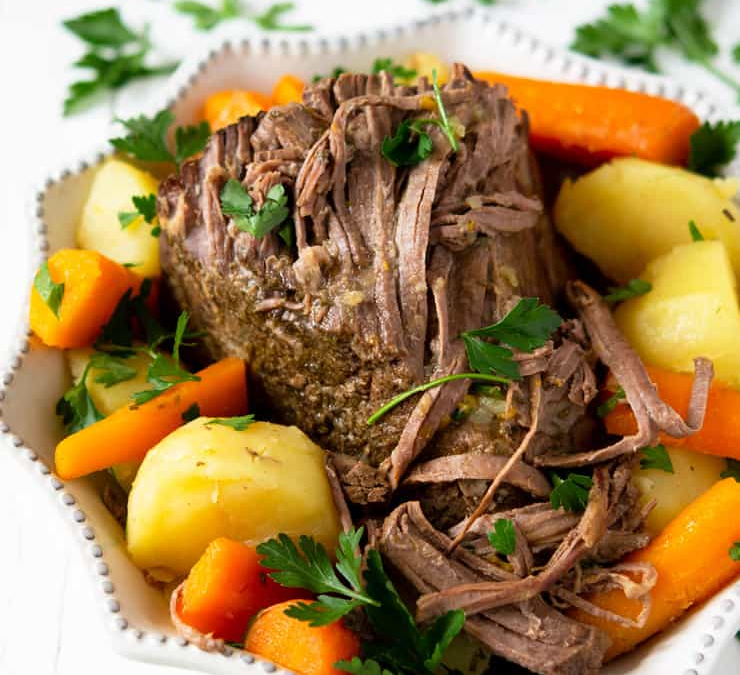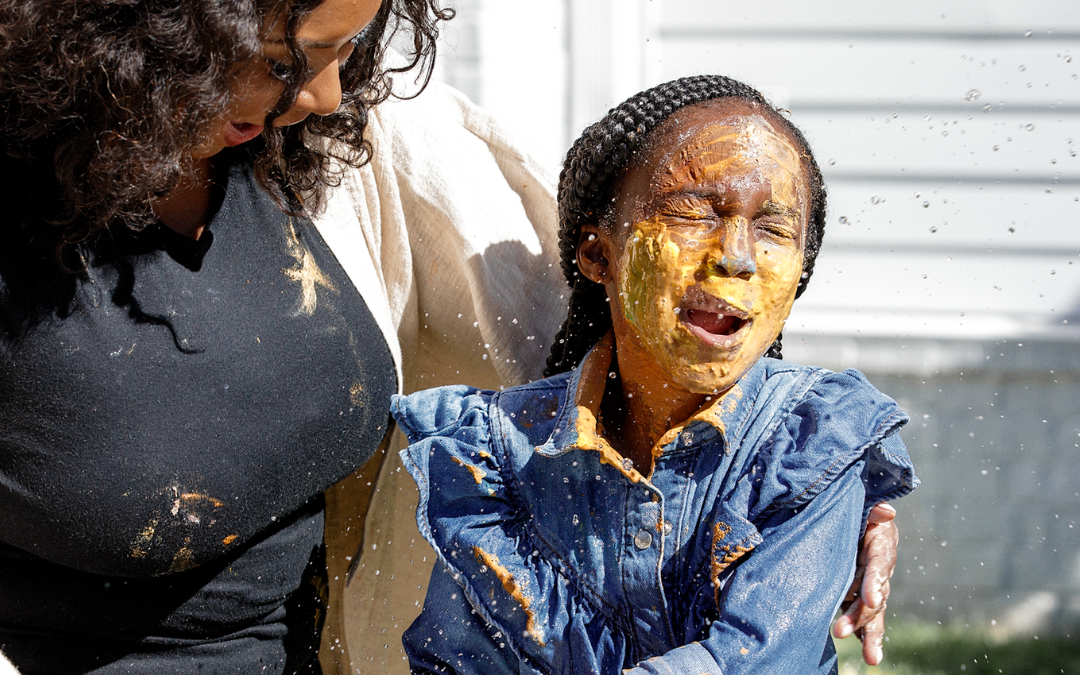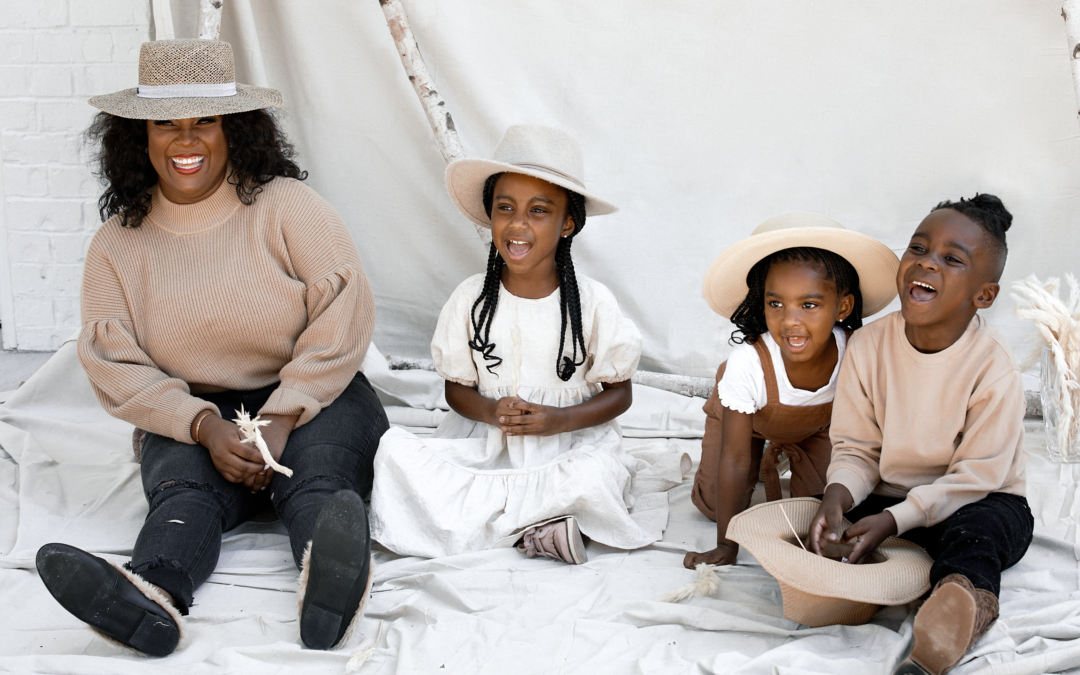
My Calling to Homeschool
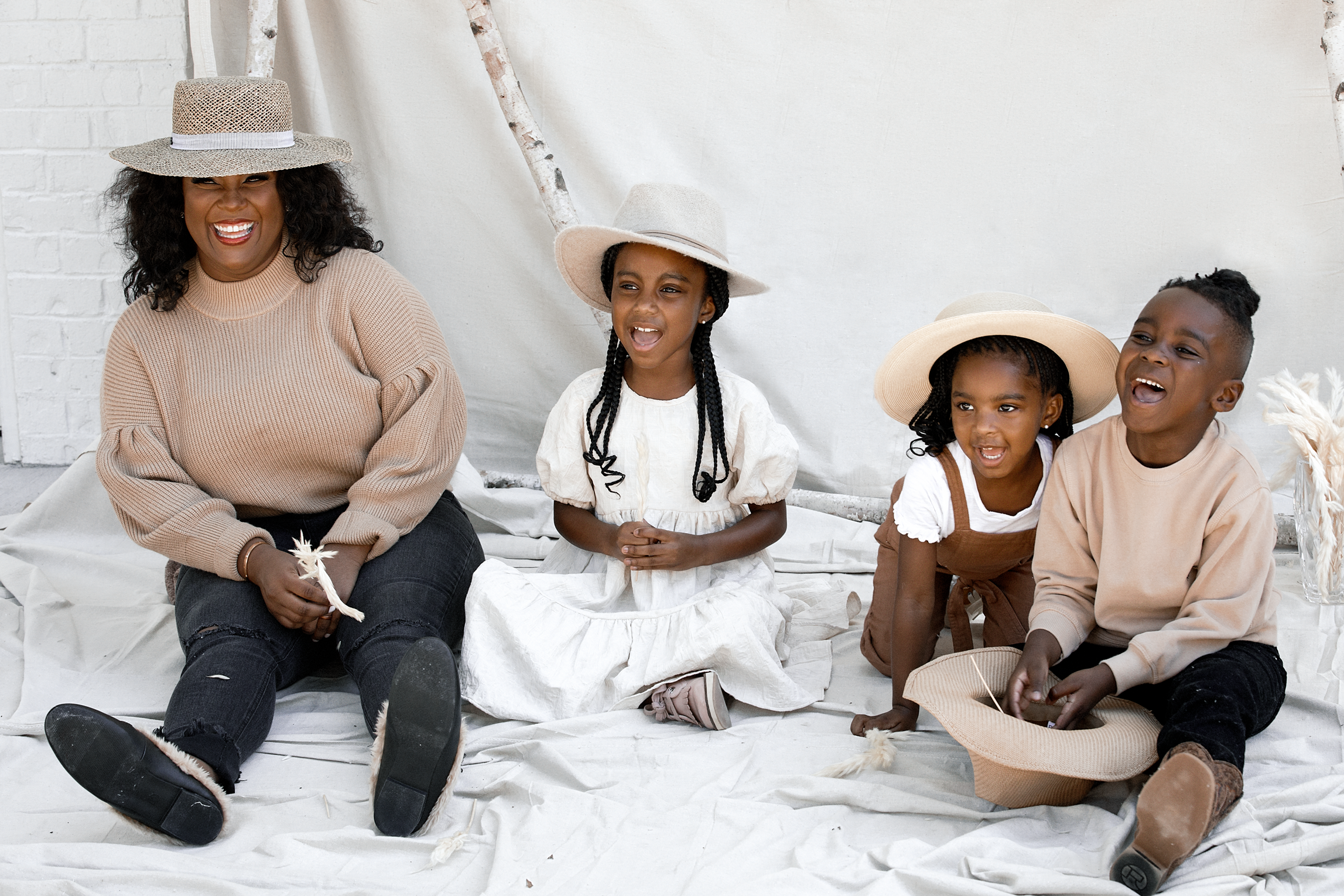
I know for many families the decision to homeschool is a difficult one. In the U.S, roughly 3.3% of school-aged children are homeschooled. According to the U.S Census Bureau, this number has only recently increased due to the global pandemic. It certainly requires commitment, both of your time and your energy. But for me, it was the path that God laid at my feet! While His guidance has often asked me to sacrifice, this is one area that I feel He truly provided a step that was easy to take.
My Background in Education
Some of you may not know this, but before meeting my husband I was in the process of pursuing a career in education. My coursework and experience in college was focused on Early Childhood Education, allowing me to work in the public school system as both a substitute teacher and a standardized test specialist. It was a future I was highly invested in and excited to grow into, but something even more wonderful happened… God placed my beautiful life partner before me and gave me a new calling.
Separation Anxiety
Admittedly, the transition from pursuing education and deciding to educate my own children wasn’t a clear one. In the early days of our marriage Demario and I had once joked about me homeschooling our children, but at the time it seemed like a very foreign concept. I only started truly considering the idea once my first child was about 10 months old. I found I was getting some severe separation anxiety. Call me over-protective, but we tried 3 schools in less than 3 months, and I just didn’t feel comfortable being apart from my baby girl. It was then I realized that perhaps God was calling me home!
Making the Transition
It took a little bit to create a plan of action, but I began setting up learning stations around the playroom and spent time daily on educationally stimulating tasks. It was a system that worked for us until my firstborn was about 3 years old. Around then we began integrating a few days a week into preschool to help her socialize, but I never felt truly satisfied having her educated outside our home. I decided to trust God and homeschool her full time and I haven’t looked back since!
Take God’s Cue

